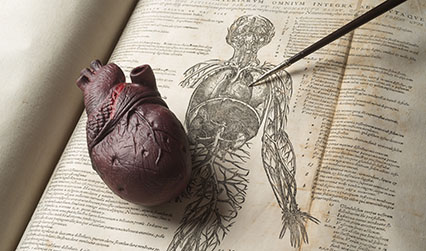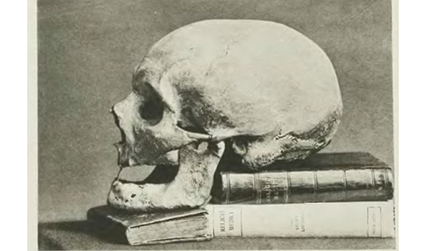Louise Thandiwe Wilson spent 3 months at the RCP museum on a student placement, working on audience research and audience engagement. She has written a post about her time working here.
Presently I am partaking in an audience evaluation placement with the RCP. By volunteering I intended to learn how to engage an audience without relying on morbid curiosity. I have found material culture relating to medical history continues to sustain public interest at the RCP because it is presented with a humanising dialogue.
The relationship between a museum and its visitors is symbiotic. Museum goers are far from passive information recipients: rather they are the drive behind our development. Over the last few months I poured through feedback in the form of surveys, comment cards and visitors books. This gave me an opportunity to gauge visitor interest levels and learn how the institutions’ audience evaluation project aimed to improve the enjoyment and learning outcomes for public events, exhibitions and tours.

To understand how and why the visitor experience has changed we must first look to the past. 18th and 19th century Britain saw a flourishing age of scientific curiosity and colonial expansion. Medical collections across the country grew steadfastly in reaction to these social currents. The educational value was clear to medical practitioners however the challenge was in finding a way to engage the public with science and medicine. Provoking interest therefore often relied on shock value and perceived strangeness to encourage visitation.

We return to the present where the RCP has cultivated a space of reflective and educational curiosity for a wide breadth of audiences. The building and the museum are enjoyed by members of the general public, fellows, healthcare professionals, university students, and architecture enthusiasts alike. Those visiting the RCP seek a multifaceted museum experience. Communicating concepts through display cases alone can no longer capture the imagination. As a museum it is our job to create a connection by coupling visuals with humanising and anecdotal narratives.

Granted contemporary audiences still enjoy pathological specimens, gruesome medical instruments and curious oddities: the interface has simply improved. It is not enough for our collections to simply exist within the museum. Coherently linking exhibitions with matters of contemporary relevance and the prospect of future medical advancement are a sure method of cultivating interest. Participation is further encouraged by creating new interactive events and workshops which are capable of providing a far more tactile and welcoming museum experience. For example our ‘Museum Late’ events are proving particularly popular, increasing accessibility to those who are unable to visit the museum during work hours.

So just think: next time you fill out a feedback form you have directly influenced the planning and designing of future museum experiences.
Louise Thandiwe Wilson, Volunteer
